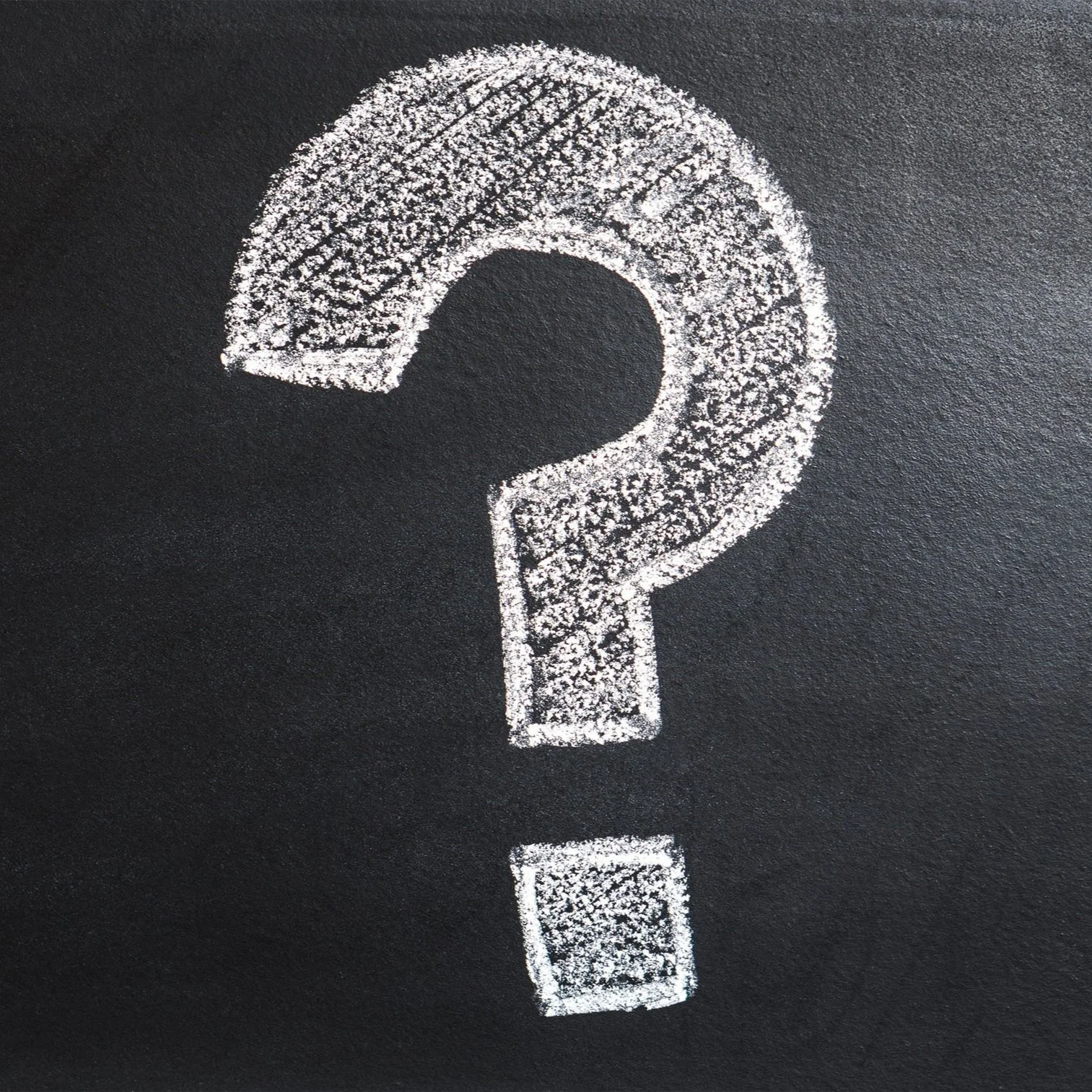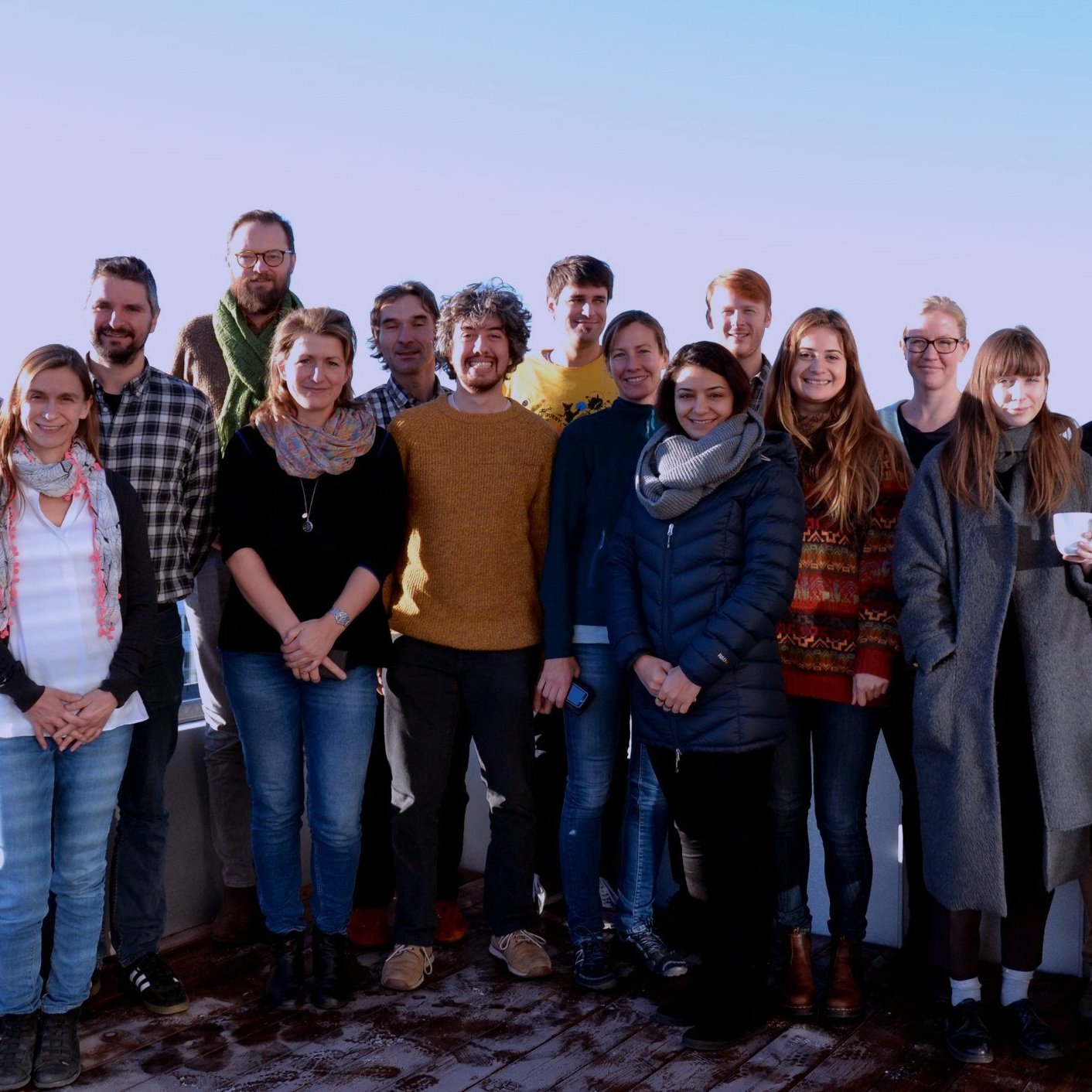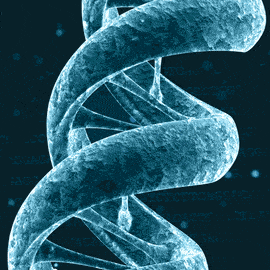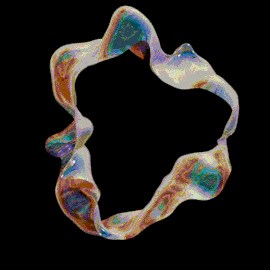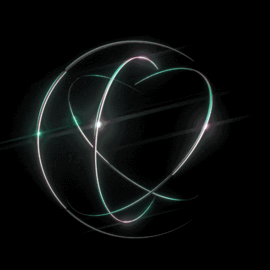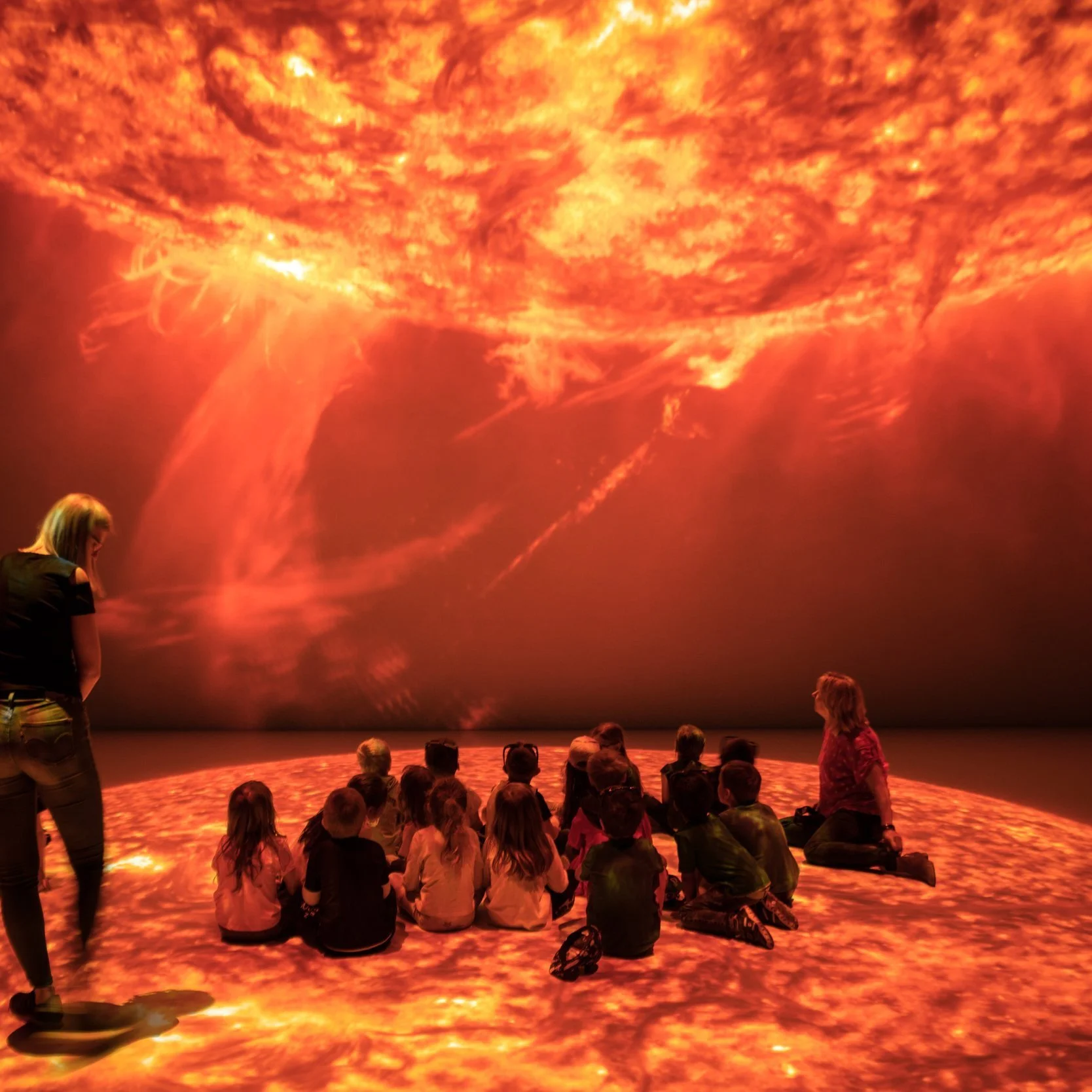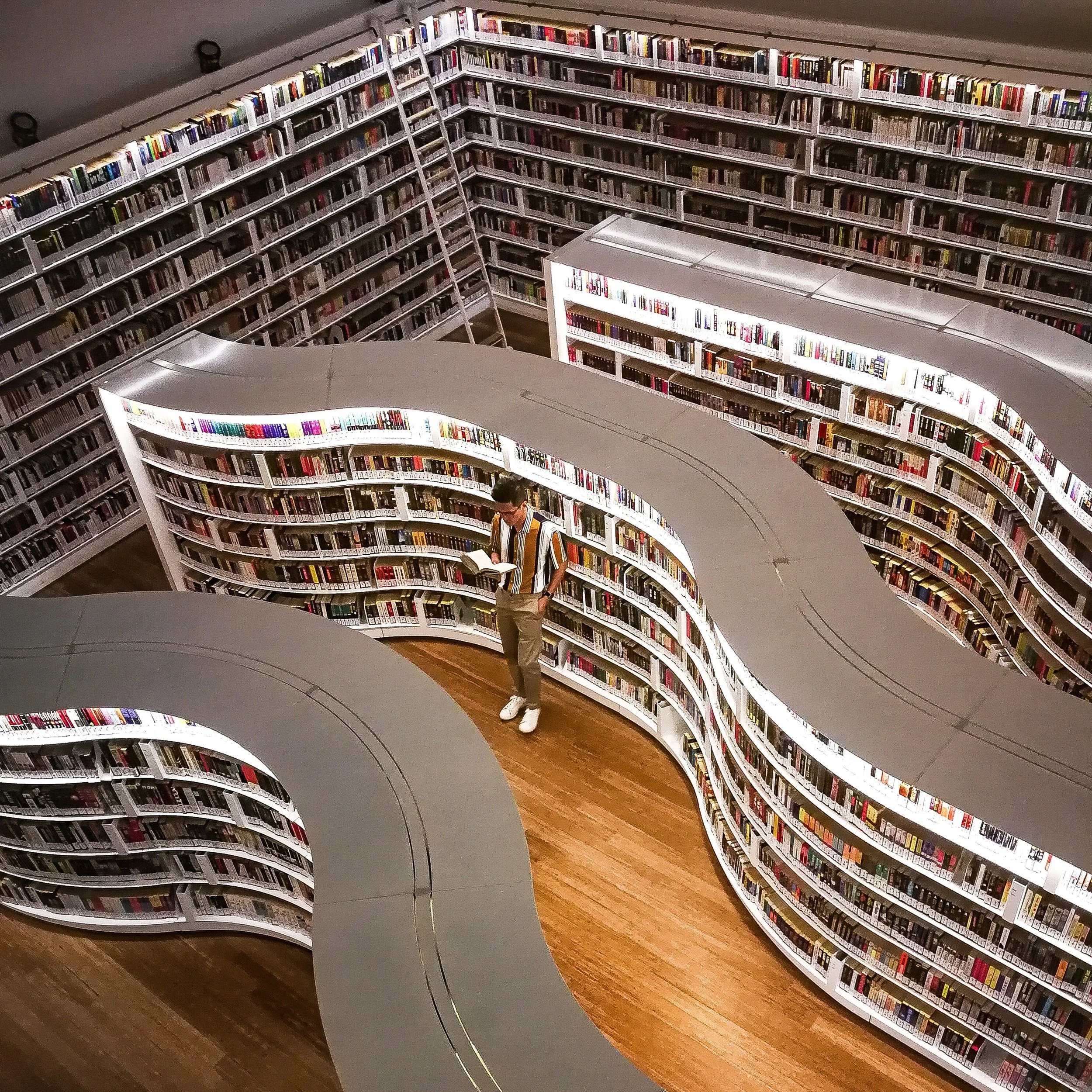Read more about the PhD course here
Where: LINXS and MAX IV, Lund, Sweden
Main organisers: Aarhus University, European XFEL, Hamburg University, Lund University, MAX IV
Part III: Week 3, 40 hours, additional opportunities in Week 3 to perform hands-on femtosecond X-ray experiments at the FemtoMAX beamline at MAXIV, Lund, Sweden.
Objectives of the course:
This graduate course is for PhD students and other researchers who wish to use X-ray free electron lasers (XFEL) in their research. The course provides the student with an introduction to the basics of the world’s most brilliant X-ray — XFEL and detailed functional view of contemporary XFEL beamlines around the world. This course features an innovation teaching method, using a Virtual Lab software to execute students’ own live experiments at European XFEL Hamburg. Students have opportunities to look inside each technical component and make live adjustment to align X-ray laser beams and collect physical meaningful data for a realistic experiment. It will cover the techniques of femtosecond X-ray emission spectroscopy and pump-probe femtosecond X-ray diffractions. The collected data will be analyzed in computer exercises and compared with real-world published results in the literature. In addition, the course will take place in European XFEL facility in Hamburg, Germany, including an on-site visit and tour in experimental hutches. Besides virtual-lab experiments, exercises, on-site visits, and lectures, students will also learn writing beamtime research proposals and get insight into the peer review process.
Learning outcomes and competences:
At the end of the course, the student should be able to:
describe the basics of X-ray free electron lasers (XFEL), including experimental concepts and main applications in chemistry, materials, and physics research.
conduct simple experiments of pump-probe femtosecond X-ray diffraction and/or time-resolved X-ray emission spectroscopy using XFEL facilities with the support of beamline scientist.
analyze XFEL data such as pump-probe femtosecond X-ray diffraction data and X-ray emission spectroscopy data in terms of quantification and visualization
compare XFEL with synchrotron X-ray scattering experiments and describe the uniqueness and advantages of XFEL.
develop ideas of how X-ray free electron lasers could be applied in his/her own research
Compulsory program:
Participation in 80% course components, including lectures, virtual lab experimental, computer exercises and on-site visit at EuXFEL Hamburg, and MAXIV Lund.


